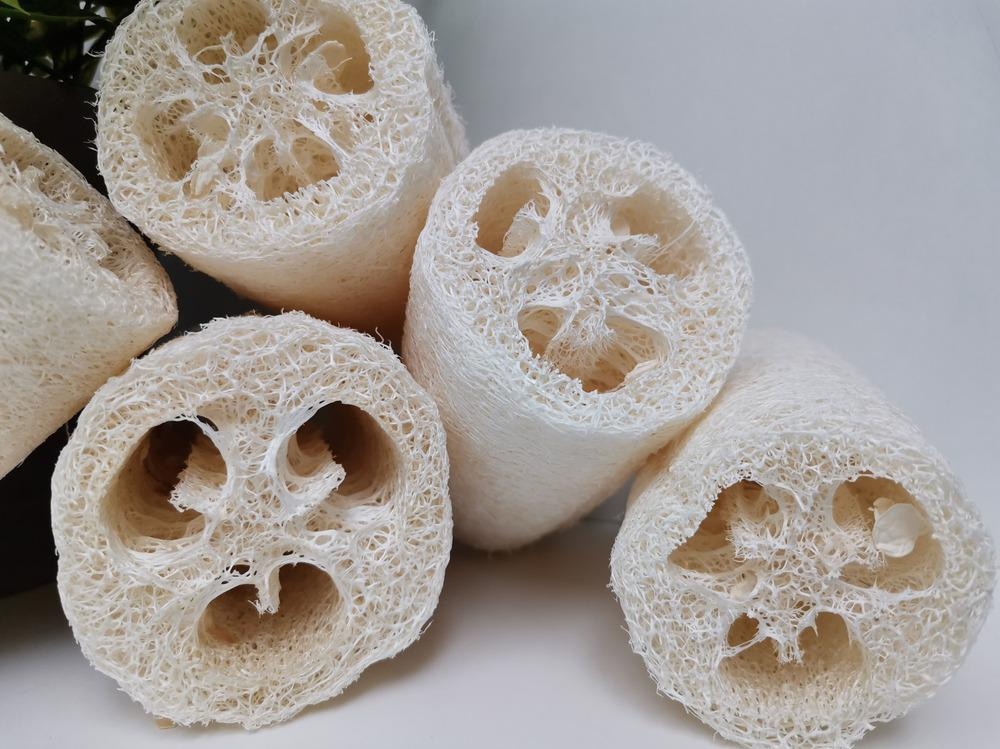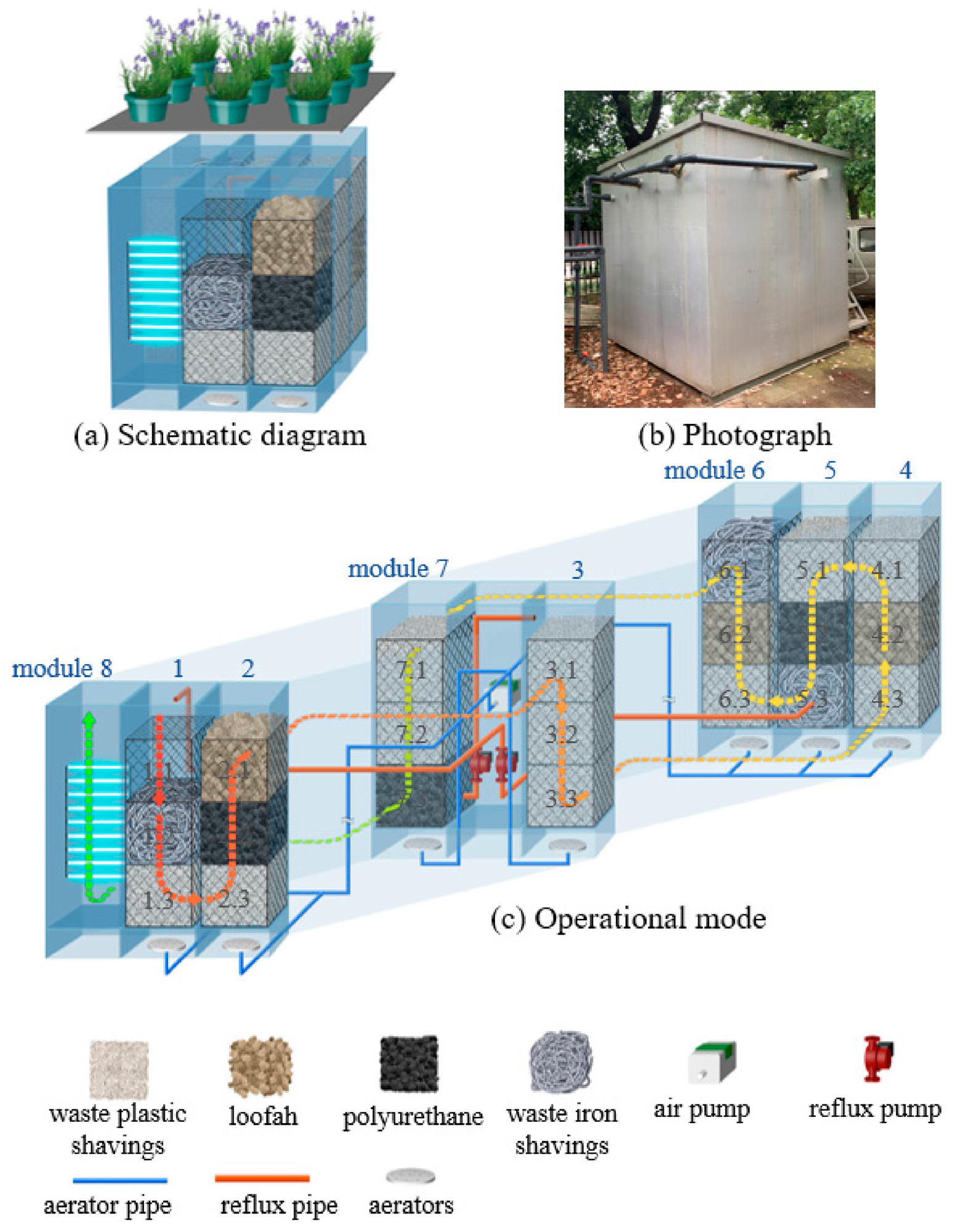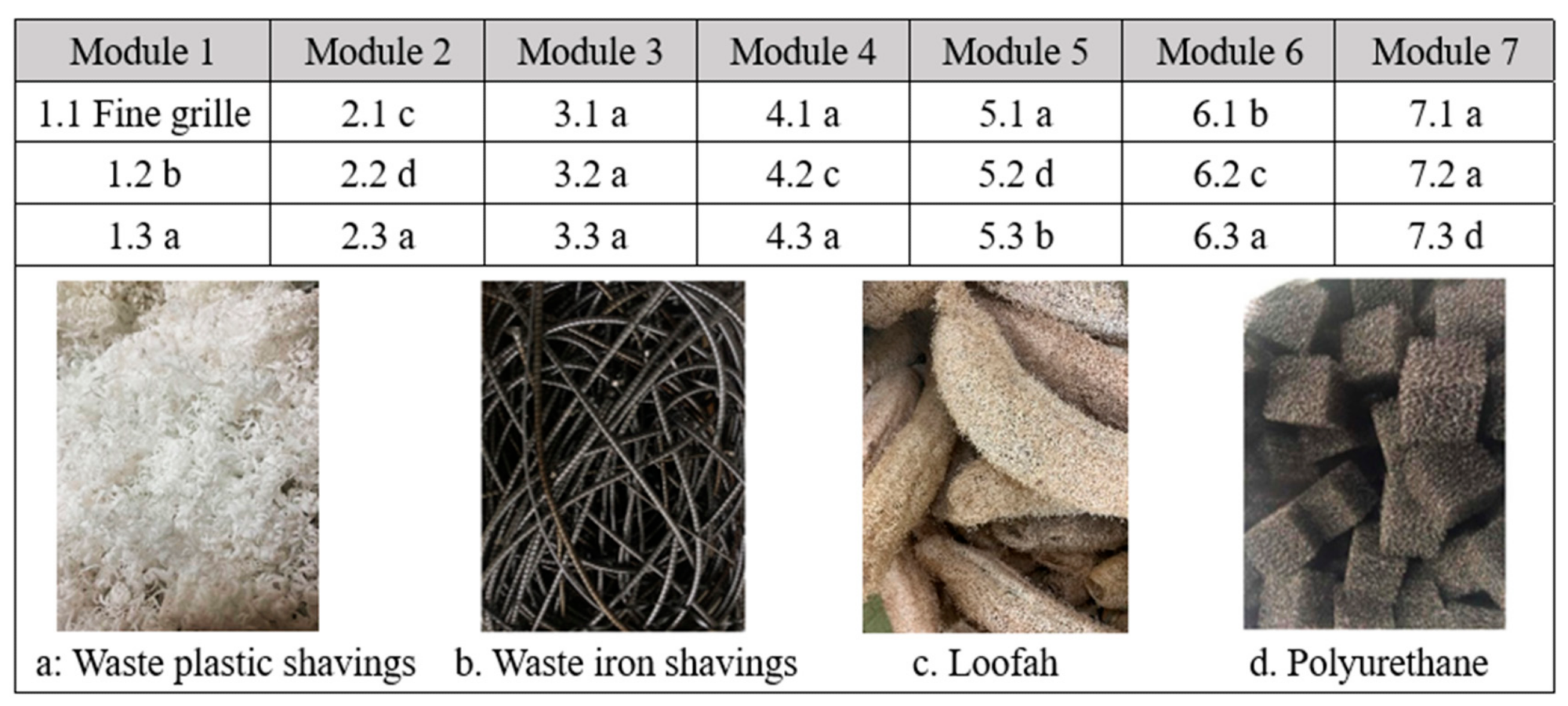Scientists from the Zhejiang University of Technology and Zhejiang Shuanglin Environment Co., Ltd in China have developed a magic water filter filled with waste plastic, loofah, and iron shavings. The research has been published in the journal Polymers.

Study: A Magic Filter Filled with Waste Plastic Shavings, Loofah, and Iron Shavings for Wastewater Treatment. Image Credit: Nukinauta/Shutterstock.com
Integrated Sewage Treatment Systems
Integrated sewage systems possess advantages for agricultural, domestic, and industrial wastewater treatment in rural areas in terms of size and ease of construction. However, they can be limited by commonly used filler materials. The main challenges with commercial filler materials are cost and performance. Fillers typically used for this purpose include activated carbon, quartz sand, and polyvinyl chloride.
The need for low-cost, sustainable, and high-performance fillers has led to increased research focus, but currently, the choice of fillers is limited, and integrated sewage systems still use conventional fillers. This increases the cost and operational demands of water treatment in rural areas.

Schematic diagram, photograph, and operation mode of the magic filter. Image Credit: Pan, Z et al., Polymers
Utilizing Waste Materials for Integrated Sewage System Fillers
A central element of the circular economy concept is the reuse of waste materials for commercial and industrial applications. As mentioned, there exists a need for low-cost, sustainable, high-performance, and environmentally friendly filler materials for integrated sewage systems. Utilizing waste materials in these systems presents major opportunities for the waste treatment industry.
Currently, many waste materials are either sent to landfills, incinerated, or dumped in the environment, presenting serious issues in terms of ecological damage, emissions, and the continued use of non-renewable resources. Plastic shavings, for instance, are a potential source of filler materials. This waste stream is generated during plastic manufacturing and processing, and thus far, recycling these materials has proven challenging. These materials possess several good chemical and mechanical properties and are widely available.
During steel production, shavings of iron are commonly produced, and studies have indicated that they efficiently remove phosphorous. Another interesting waste material is loofah, which is generated by the agricultural industry. Loofah has a fibrous network which is ideal for carrying microorganisms and saves costs due to its slow release of carbon sources during reaction processes. The properties of these three waste materials make them extremely attractive as biological fillers in integrated wastewater treatment systems.

Filler composition of the magic filter. Image Credit: Pan, Z et al., Polymers
The Study
The Chinese research team has developed a filter system for wastewater treatment that incorporates these three waste materials as biological fillers for use in integrated sewage systems. The authors analyzed the sludge morphology and filler structure and investigated how well the filter removed common pollutants.
Magic filters are modular systems that contain several functional elements. Different filler materials can be used in functional modules according to process requirements. Modules are connected by pipes. Aquatic plants can be used on top of the system to give it both enhanced effluent deodorization and improve the landscaping elements.
The filter’s operation, such as effluent and influent flow, aeration, direction of water flow, disinfection, reflux, and sedimentation are controlled by installing additional equipment. As it is modular, the entire system can be tailored for specific site conditions. Filter frames can be easily removed during maintenance and for changing the fillers, either when they become exhausted or if process requirements need to be altered.
The filter was set up with different waste materials (plastic, iron, loofah) and evaluated over a period of 91 days. Eight modules were used in the system. One module was used for sedimentation and disinfection, with the other seven modules containing various fillers depending on process requirements. Module 1 included a grill to remove large particles. Each of the filler-containing modules contained three filler frames, and short flow was prevented with the inclusion of brushes.

Variation of (a) COD; (b) NH4+-N; (c) TP; (d) SS. Image Credit: Pan, Z et al., Polymers
Results of the Research
Analysis of sludge morphologies and structure of the waste fillers (plastic shavings, iron shavings, and loofah) after use demonstrated that the fillers were sufficient for the purpose of wastewater treatment. Reliable and robust performance was observed, with high removal rates for common pollutants such as COD, NH4+-N, and TP. The sustainability and cost-effectiveness of these waste fillers overcome the problems with conventional biological fillers.
Moreover, the modular construction of the magic filter allows for easy use and tailoring of the system to satisfy different process requirements. Therefore, both effective water treatment in integrated sewage systems and the reuse of valuable waste material streams are achieved by the proposed system. This research provides engineers with a more cost-effective rural integrated sewage system solution to address the current challenges in the technology.
Further Reading
Pan, Z et al. (2022) A Magic Filter Filled with Waste Plastic Shavings, Loofah, and Iron Shavings for Wastewater Treatment [online] Polymers 14(7) 1410 | mdpi.com. Available at: https://www.mdpi.com/2073-4360/14/7/1410
Disclaimer: The views expressed here are those of the author expressed in their private capacity and do not necessarily represent the views of AZoM.com Limited T/A AZoNetwork the owner and operator of this website. This disclaimer forms part of the Terms and conditions of use of this website.